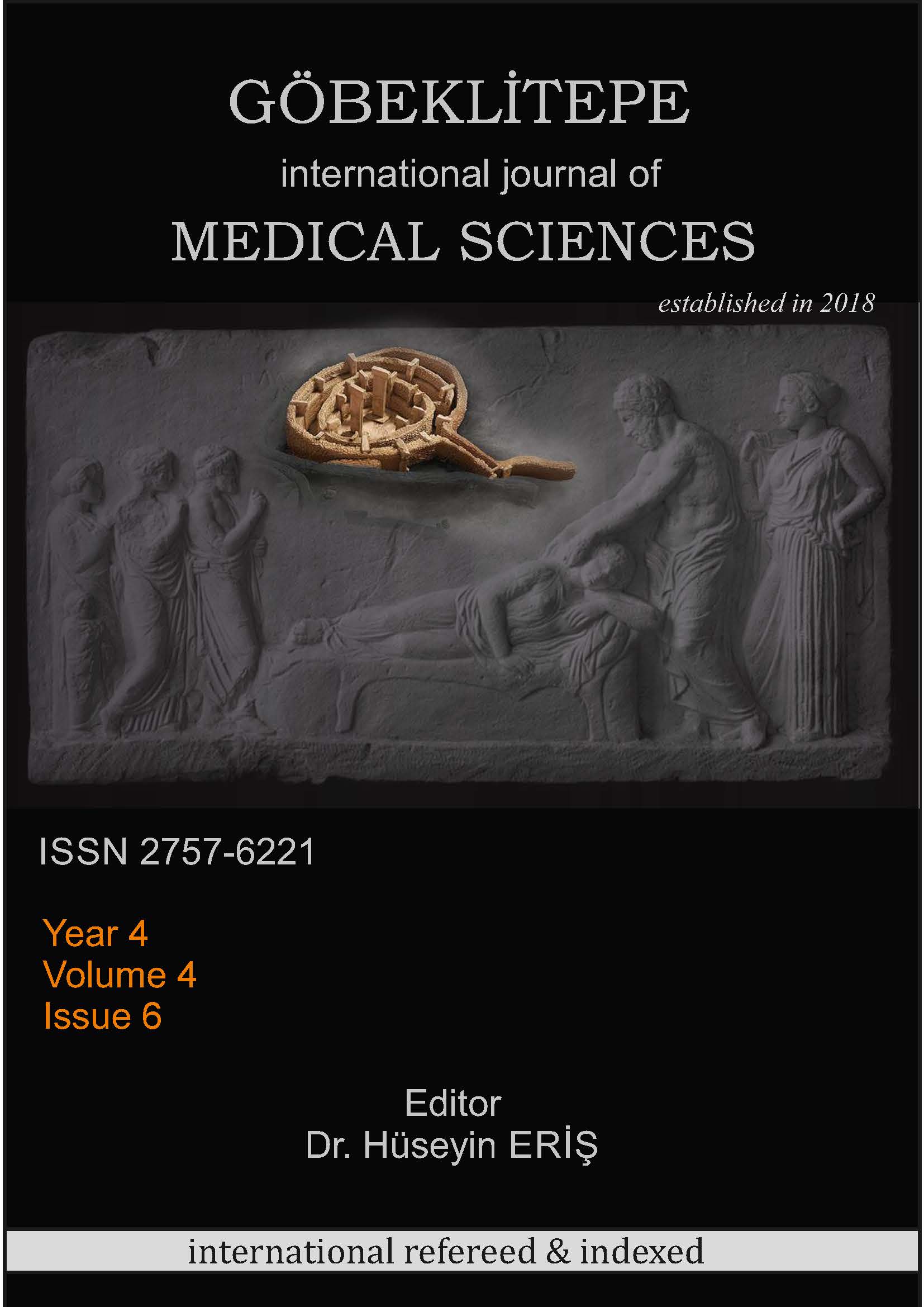EVALUATION OF TRANSFUSION COMPLICATIONS IN THE EMERGENCY DEPARTMENT AND AFFECTING FACTORS
Keywords:
emergency department, transfusion, transfusion complication, blood productsAbstract
Objective: This study was carried out to determine the demographic characteristics, transfusion indications, the amount and type of blood product used, and the reactions developed in the patients who received blood and blood product transfusion in the emergency department. Material and Methods: 623 patients who were transfused in the Dicle University Medical Faculty Research Hospital emergency department between 01.11.2014 and 01.11.2015 were included in our prospective and observational study. 53.8% of the patients were male and 46.2% were female patients, the mean age of the patients was 47.87±23.66 years. Results: When we look at the diagnoses of the patients who were transfused in the emergency department; It was determined that 26.2% of them were treated for malignancy, 32.6% for anemia, 18.3% for trauma, 12.5% for GI bleeding, and 10.4% for other reasons. While immunological complications were observed in 53 of the transfused patients, non-immunological complications were observed in 13. From immunological complications; While the number of patients with hemolysis was 1 (2.1%), the number of patients who developed a fever reaction after transfusion was 21 (43.8%). While the number of patients who developed an allergic reaction was 17 (35.4%), the number of patients with an anaphylaxis reaction was 10 (20.8%). Post-transfusion; While sepsis symptoms occurred in 3 (6.3%) patients, lung damage was detected in 1 (2.1%) patient. Non-immunological complications; While the number of patients with overload was 3 (6.3%), hypotension developed in 3 (6.3%) patients after transfusion. After the transfusion in the Emergency Department, metabolic complications occurred in 3 (6.3%) patients, dilution was observed in 3 (6.3%) patients, and hypothermia was observed in 3 (6.3%) patients. Conclusion: In our study, we can say that we found that a large number of transfusions were made in the emergency department, a specific protocol was not adhered to in determining indications, and we found that transfusions were given mostly to patients who were followed up in the outpatient clinic and as a support. Emergency transfusion decision; By being aware of the purpose and for what purpose the transfusion is performed, by following the clinical improvement rather than the improvement in laboratory results, the real need for emergency transfusion should be revealed, and it should be determined by considering the risks and benefits together.





